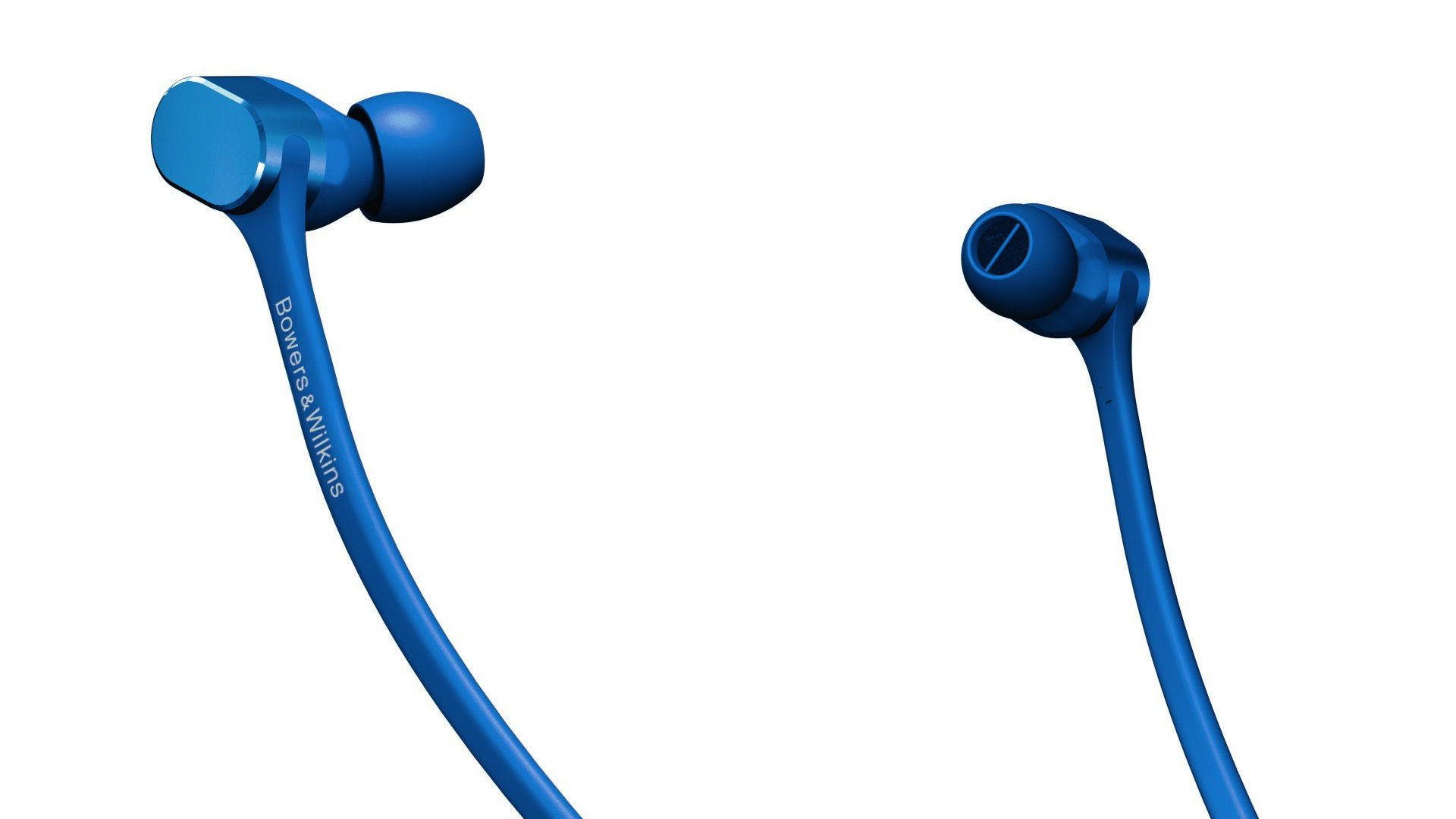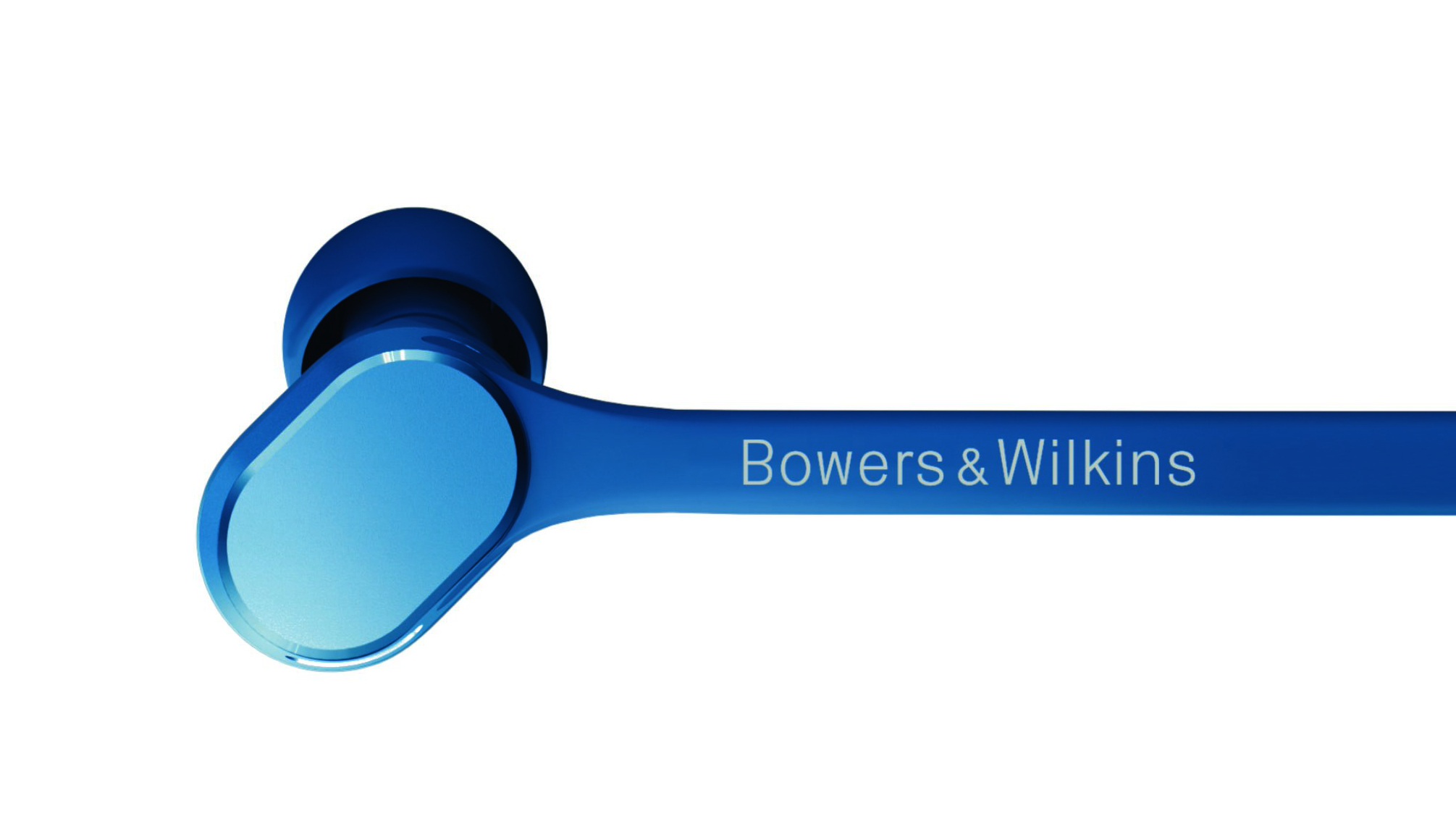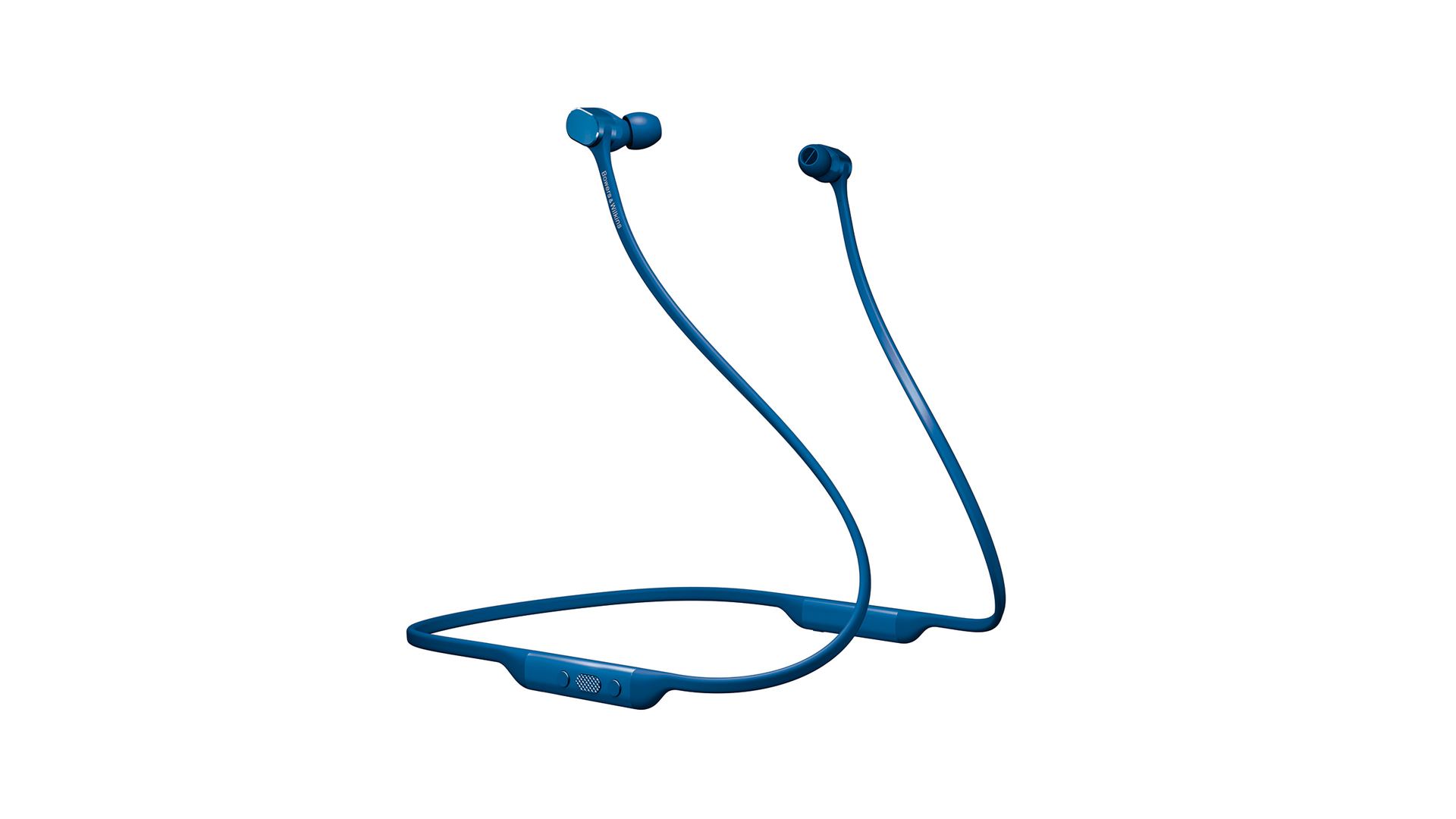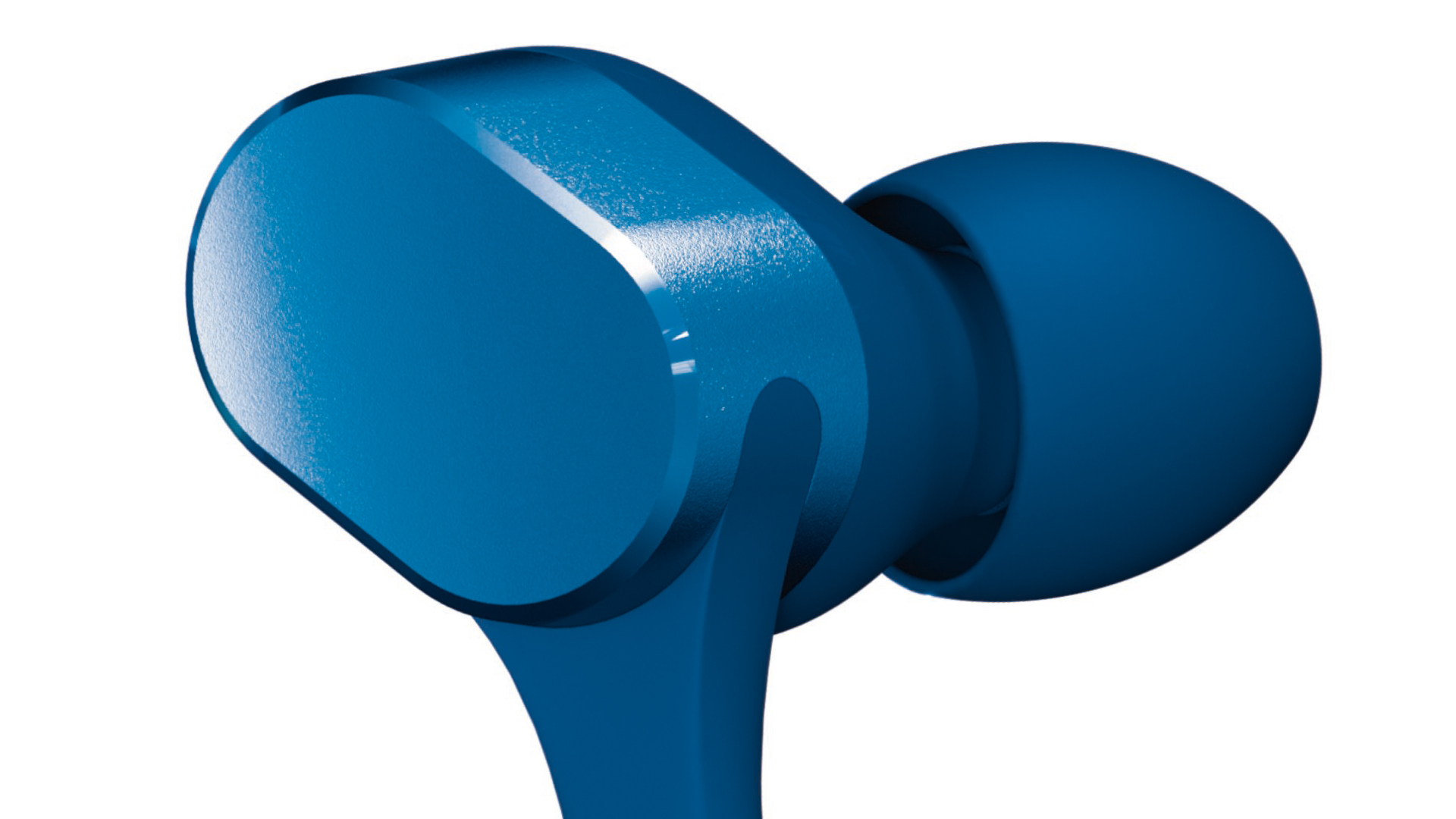What Hi-Fi? Verdict
In the market for a pair of talented wireless earbuds and don’t mind a neckband design? You should definitely consider the Bowers & Wilkins PI3s
Pros
- +
Clean, detailed presentation
- +
Solid, weighty and tight bass
- +
Flexible design and fine build
Cons
- -
Not IPX rated
- -
Lack of eartip options
Why you can trust What Hi-Fi?
There’s arguably no tougher task in hi-fi than breaking into the headphones market. Where many manufacturers have tried and failed, Bowers & Wilkins has made a fine fist of it in recent years. Given the company’s heritage in audio and speaker design, it’s perhaps not a huge surprise, but success was never a guarantee.
Much of B&W’s attention has focused on over- and on-ear models. The brand has had a number of hits, with wired and wireless models regularly achieving five stars, but its in-ears haven’t had quite the same impact – not least because you can count the number of models it has launched on two fingers. Could the Bowers & Wilkins PI3 help make inroads into this market?
Comfort

B&W isn’t aiming to be one of the best budget headphones here, and this is reflected in the £170 PI3s' design and finish. They use Bowers & Wilkins’ Dual Driver technology, where one driver is used for highs and mids, and another for bass, with each driver getting its own separate, dedicated amplifier. This makes for attractive if slightly chunky-looking earpieces.
B&W has opted for a neckband design for the PI3s, rather than going down the true-wireless route. The band is made from coated silicone and rubber that is soft, smooth and quite soothing to the touch. It’s flexible too, which makes it easier to fit under jackets and clothing, and less prone to catching and unsettling the earbuds.
The finish is something we’d normally associate with headphones aimed at gym-goers and runners, but while the fit is quite grippy, and the wing tips in the box help, the PI3s aren’t IPX rated. However, B&W claims they are ‘resistant to light rain, splash and sweat’. Besides the Blue finish of our review sample, they’re also available in Space Grey or Gold.
The B&Ws come with three different sizes of eartips in the box, which seems a little mean given the breadth of options offered by some rivals. It also makes it harder to find a perfect seal – and the performance of any in-ears is heavily reliant on the fit being correct.
Build

The neckband has the in-line battery pack and power button on the left side, with the controls and mic on the right.

Type In-ear
Bluetooth aptX HD, aptX Adaptive
Noise-cancelling No
Battery life 8hrs
Finishes 3
Weight 31g
On the battery pack you’ll find a micro-USB port for charging and an indicator that tells you the charging status of the headphones through a combination of solid and flashing light signals.
The in-line controls are nice to use with decent-sized buttons including a large textured button for the main play/pause and skip track function. It’s a standard double press to skip forward and a triple press to skip backwards.
Battery life is eight hours, which is good for this class. A 15-minute quick charge gets you two hours of playtime, which could come in handy in a charging emergency.
There’s no noise-cancelling tech built into the PI3s – this is reserved for Bowers & Wilkins step-up model, the PI4 (£270). Bluetooth AptX Adaptive is supported, which should ensure higher quality audio from smartphones and tablets, and removes the potential for any lip-sync issues when it comes to watching video content.
Sound

We fire up Amazon Music HD and select a hip-hop classic in 50 Cent’s In Da Club. Through the B&Ws, it’s a clean-sounding presentation with a combination of crisp, distinct highs and a solid, punchy bass bringing up the rear.
There's plenty of weight to low frequencies, but it isn’t loose or flabby – it’s packaged with purpose and intent. There is also detail and analysis around every corner, with the B&Ws able both to pick apart a song and deliver the sum of all its parts with equal skill.
Play Billie Eilish’s slow and delicate track, Lovely, and the B&W earbuds draw out plenty of detail and emotion from her vocal. The strings that accompany it flow effortlessly along without sounding unnatural or harsh. It’s difficult not to admire the control and poise that these in-ears bring to every music genre they come across.
Verdict
Apart from the limited number of eartip options, there are few downsides to the B&W PI3s. There is some cable noise to contend with, but this isn’t exactly uncommon for products of this type and we certainly don’t consider it a deal-breaker.
If the headphones fit you well, they are confident and composed performers that serve to expand B&W’s headphone offering for the better.
SCORES
- Sound 5
- Comfort 4
- Build 5
MORE:
What Hi-Fi?, founded in 1976, is the world's leading independent guide to buying and owning hi-fi and home entertainment products. Our comprehensive tests help you buy the very best for your money, with our advice sections giving you step-by-step information on how to get even more from your music and movies. Everything is tested by our dedicated team of in-house reviewers in our custom-built test rooms in London, Reading and Bath. Our coveted five-star rating and Awards are recognised all over the world as the ultimate seal of approval, so you can buy with absolute confidence.

